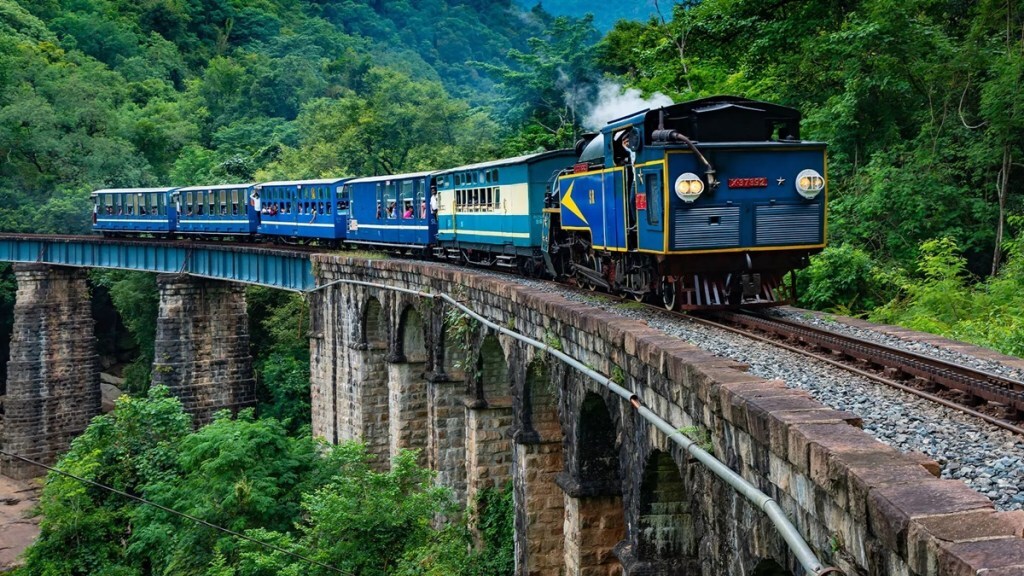Indian Railways provides an affordable and thrilling way for travellers to explore adventurous journeys at affordable rates. Its vast network spans across diverse landscapes, including plains, hills, mountains, and even underwater, offering a wide range of exciting experiences. In this context, the train services to Tamil Nadu’s Udhagamandalam station deserves special mention.
The national transporter is celebrating 115 years of train services to this tourist site in the state. The first train from the hill station ran on October 15, 1908. The railway station is a part of Nilgiri Mountain Railway (NMR), which falls under the administrative jurisdiction of Southern Railway (SR).
The passengers at Udhagamandalam Station received a warm welcome, and enjoyed a vibrant dance by the Toda community. See the video –
History of rail connectivity to Tamil Nadu’s Udhagamandalam station:-
The first branch line was opened between Podanur and Mettupalayam in 1873, thus marking the beginning of the Nilgiri Mountain Railway system. Mettupalayam became the foot hill point of the 26 mile long branch line. The line from Mettupalayam to Coonoor was completed and opened on June 15, 1899 by the Madras Railway. However, in 1908, the rail traffic was opened commercially between Udagamandalam and Mettupalayam at a cost of Rs 24,40,000.
List of stations in Nilgiri Mountain Railway
The 46.61 km long Mettupalayam to Ooty has nine stations on its route. These are – Mettupalayam, Kallar, Hillgrove, Coonoor, Wellington, Aruvangadu, Ketti, Lovedale and Udagamandalam (Ooty). The entire route has around 208 curves, 250 bridges, 16 tunnels and 15 ROB/RUBs.
World Heritage Status
The Nilgiri Mountain Railway received the World Heritage Status by UNESCO on July 15, 2005. The World Heritage Committee stated that ‘Mountain Railways in India are outstanding examples of the interchange of values on developments in Technology, and the impact of innovative transportation system on the social and economic development of a multicultural region, which was to serve as a model for similar developments in many parts of the world’.


